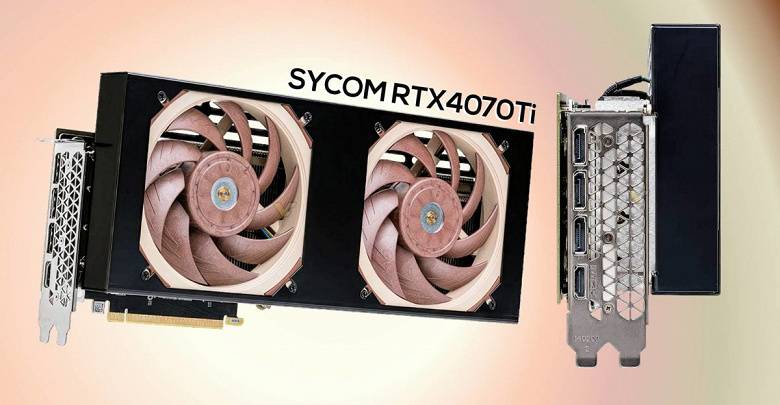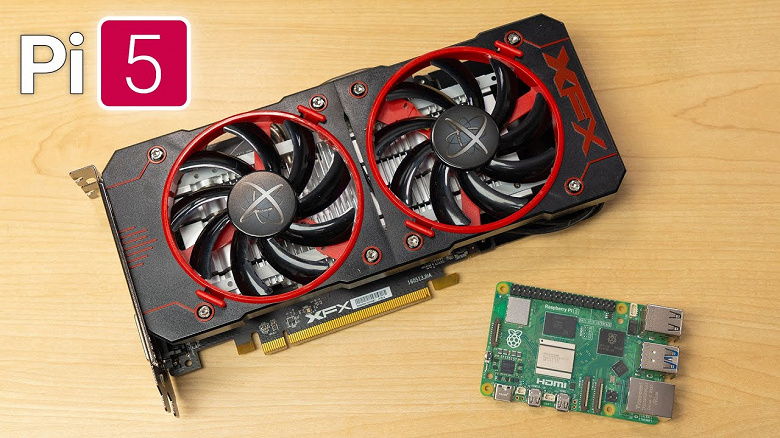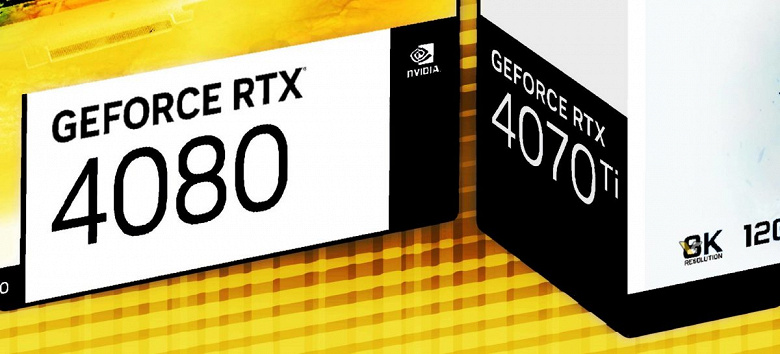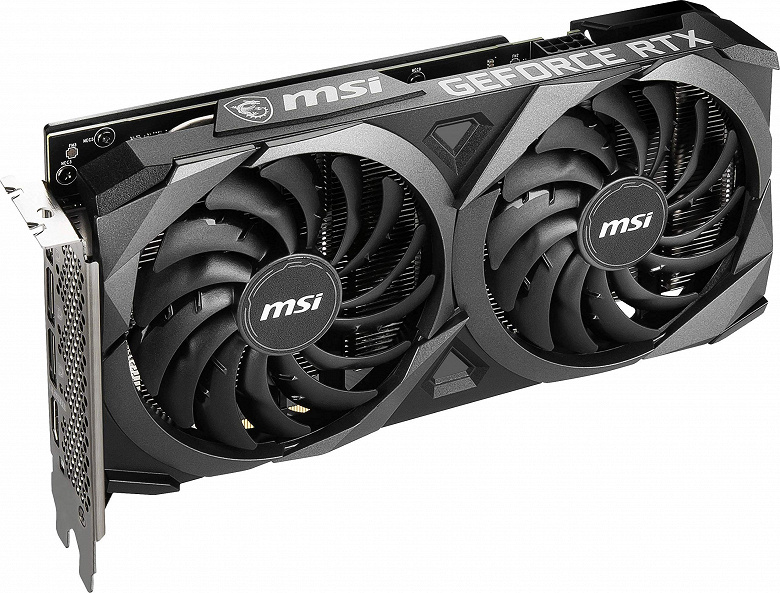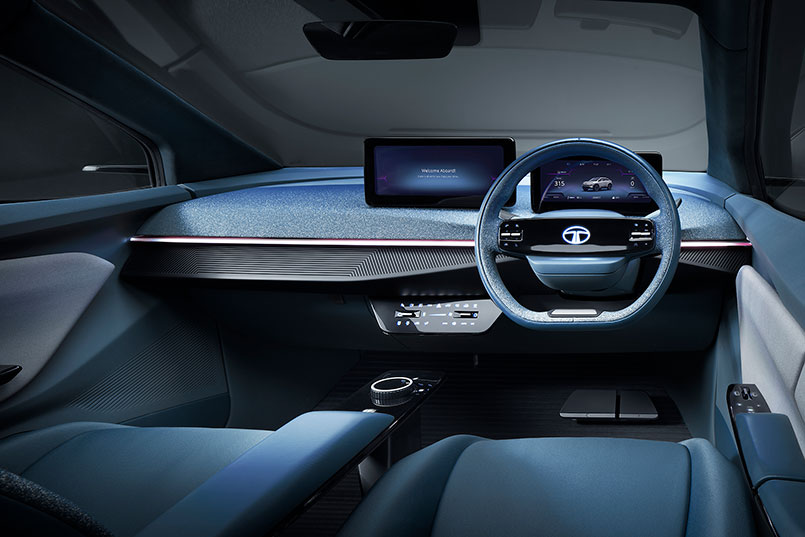The GeForce RTX 3080 tried to cool passively. It turned out to be expensive and ineffective
The Chinese company Turemetal, specializing in creating cases for fanless PCs, conducted an experiment with passive cooling of the GeForce RTX 3080 graphics accelerator. Ampere’s hot temper was too tough for the flagship Turemetal UP10 case, which costs almost 800 dollars.


